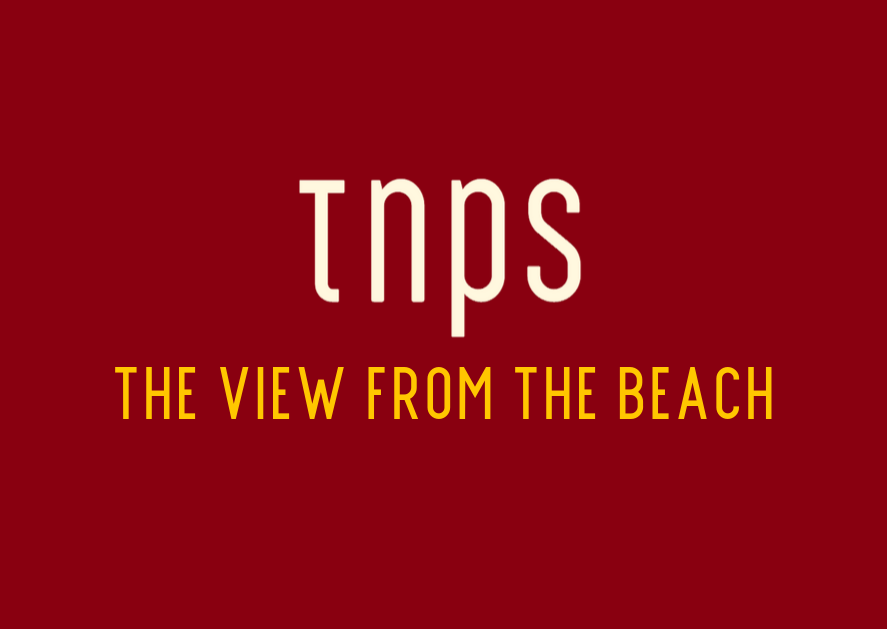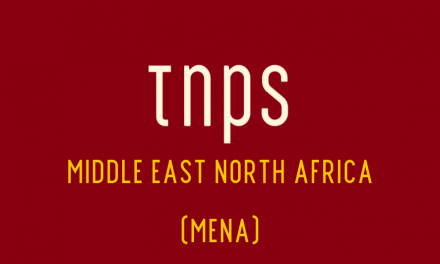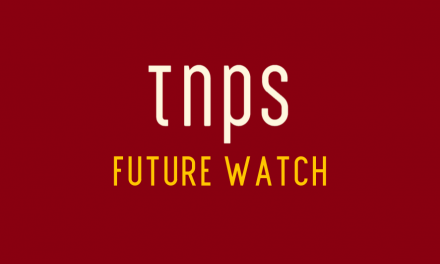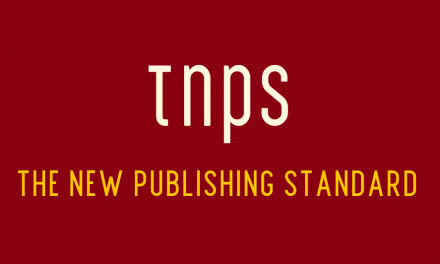“By proactively exploring these tools, publishers can stay ahead in a rapidly evolving digital landscape, offering enriched experiences that meet the demands of modern audiences.”
The continuous advancement of generative AI is opening new horizons for creative industries, and Tencent’s latest offering is set to make significant waves.
But there are exciting possibilities emerging for book publishing too. As an industry we tend to be behind the curve of any and every new development, sometimes due to caution, more often to knee-jerk Luddite resistance, but savvier minds in the industry understand that by proactively exploring these tools, publishers can stay ahead in a rapidly evolving digital landscape,
Tencent’s Hunyuan3D 2.0: A Game-Changer in 3D Asset Generation
The Chinese tech giant has unveiled Hunyuan3D 2.0, an open-source AI tool capable of generating high-quality 3D assets from 2D images, potentially revolutionising game development, visual effects (VFX), and beyond.
Superior 3D Generation and Animation
Hunyuan3D 2.0 demonstrates remarkable improvements over its predecessor and existing image-to-3D tools. By utilising two AI models—Hunyuan3D-DiT to generate the 3D assets and Hunyuan3D-Paint to add detailed textures—the system produces more refined and realistic 3D models. Users provide a 2D reference image, and the tool generates multiple 2D views to construct a comprehensive 3D model. Impressively, it can even animate these models, expanding creative possibilities.
Innovative Technology Enhancements
The tool employs cameras at specific heights to capture the maximum visible area, ensuring that details often missed by other models, particularly at the top and bottom of objects, are included. A guidance system enhances consistency by aligning each view accurately. Additionally, Hunyuan3D-Studio offers a unified workspace where meshes can be edited and animated seamlessly.
Speed and Efficiency
Boasting impressive speed, Hunyuan3D 2.0 can generate a 3D model in approximately 25 seconds—or just 10 seconds with a smaller version. While it may not yet surpass Microsoft’s Trellis in output quality, its rapid processing and open-source nature position it as a potentially transformative tool for industries reliant on swift 3D asset creation.
Implications for the Publishing Industry
Full disclosure here: My digital gaming skills run to being thoroughly beaten at chess, struggling with Mahjong Quest, and nostalgia for Donkey Kong. But I know an emerging publishing opportunity when I see one.
Expanding Opportunities for Publishers
The convergence of advanced AI technologies and content creation presents exciting opportunities for publishers:
- Enhanced Book Adaptations: Publishers can leverage tools like Hunyuan3D 2.0 to create rich, interactive content for digital books, especially in genres such as science fiction, fantasy, and children’s literature. Imagine bringing characters and settings to life with 3D visuals, offering readers a more immersive experience.
- Cross-Media Collaborations: The ability to generate high-quality 3D assets swiftly can facilitate partnerships with game developers and filmmakers. Literary works can be adapted into games or augmented reality experiences, expanding the reach of stories and engaging new audiences.
- Merchandising and Licensing: 3D models can be used to produce merchandise like figurines and collectibles, providing additional revenue streams. This is particularly valuable for popular series with dedicated fan bases.
Streamlining the Creative Process
- Cost-Effective Visualisation: Rapid 3D asset generation reduces time and resources needed to visualise characters, settings, and objects. This can aid in cover design, marketing materials, and promotional content.
- Interactive Marketing: Publishers can develop interactive promotional materials, such as 3D book trailers or augmented reality apps, allowing readers to engage with content in novel ways.
Challenges and Considerations
While the technology offers numerous benefits, publishers should be mindful of potential challenges:
- Intellectual Property Rights: Utilising AI-generated assets inevitably raises questions about ownership and copyright, particularly when adapting literary works into new formats. Clear agreements and understanding of rights will be essential.
- Quality Assurance: Ensuring that AI-generated models align with authors’ visions and meet audience expectations may require additional oversight and collaboration between authors, designers, and technologists.
- Adoption and Training: Integrating new technologies requires investment in training and possibly recruiting staff with specialised skills in AI and 3D modelling.
The latter, by the way, an example of creating new job opportunities
Embracing the Future
Tencent’s Hunyuan3D 2.0 exemplifies how AI advancements are blurring the lines between different media forms. For the publishing industry, embracing such technologies can lead to innovative storytelling methods, enhanced reader engagement, and new revenue opportunities. Ker-ching!
By proactively exploring these tools, publishers can stay ahead in a rapidly evolving digital landscape, offering enriched experiences that meet the demands of modern audiences. Collaboration between publishers, authors, technologists, and other creatives will be key to unlocking the full potential of AI-generated 3D assets in the literary world.
This post first appeared in the TNPS LinkedIn newsletter.





